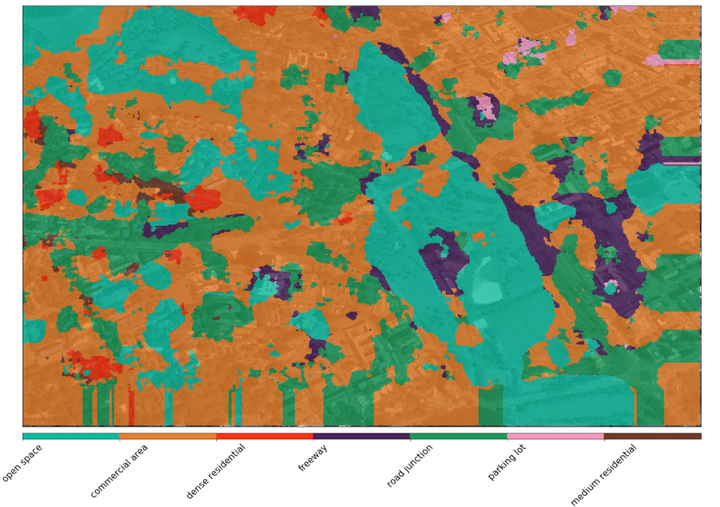Efficient Machine Learning for Large-Scale Urban Land-Use Forecasting in Sub-Saharan Africa
 Land use segmentation
Land use segmentation
Abstract
Urbanization is a common phenomenon in developing countries and it poses serious challenges when not managed effectively. Lack of proper planning and management may cause the encroachment of urban fabrics into reserved or special regions which in turn can lead to an unsustainable increase in population. Ineffective management and planning generally leads to depreciated standard of living, where physical hazards like traffic accidents and disease vector breeding become prevalent. In order to support urban planners and policy makers in effective planning and accurate decision making, we investigate urban land-use in sub-Saharan Africa. Land-use dynamics serves as a crucial parameter in current strategies and policies for natural resource management and monitoring. Focusing on Nairobi, we use an efficient deep learning approach with patch-based prediction to classify regions based on land-use from 2004 to 2018 on a quarterly basis. We estimate changes in land-use within this period, and using the Autoregressive Integrated Moving Average (ARIMA) model, our results forecast land-use for a given future date. Furthermore, we provide labelled land-use maps which will be helpful to urban planners.